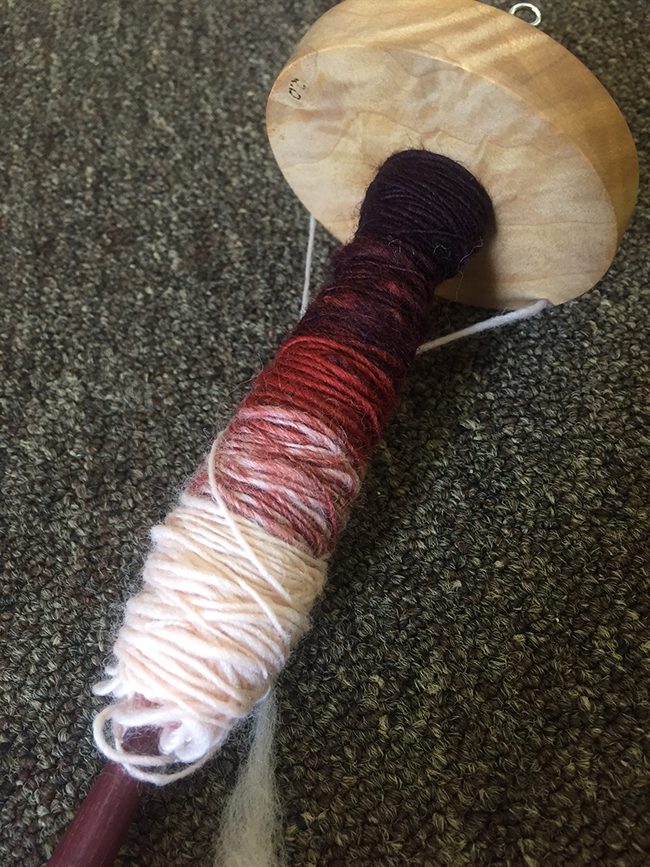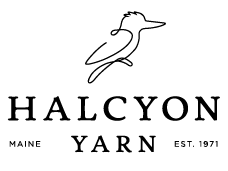Another season, another new Spin-Off magazine!
The [Sorry, item discontinued or temporarily out of stock] issue is here, and I had such a good time flipping through it I thought I should give all you lovely readers a peek at what’s inside.
Technical how-to’s, interesting fiber facts, and talk of spinning competitions are just a few of the topics covered in this issue, beginning with a very interesting article about ANIROONZ Farm in Colorado; this ranch is home to sheep whose fleece is specifically produced for handspinners. In this article, shepherd Nancy Irlbeck discusses her intimate relationship with her sheep, from spending time with them to taking care of them.
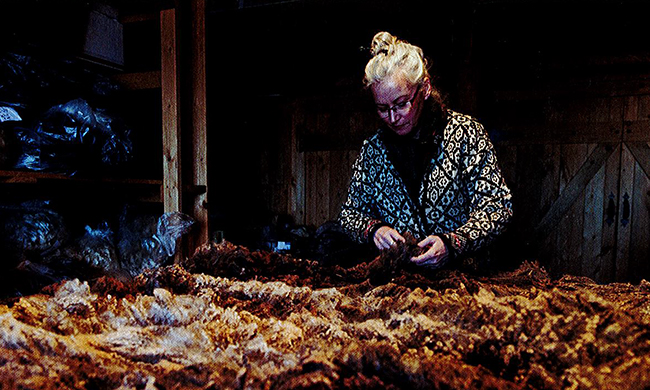
Ever wonder why you’ll often see sheep wearing coats? You’re not alone. This issue features a short piece explaining the handful of reasons why you’d want to dress your sheep. Here’s one fun fact: As the sheep and their wool grow throughout the year, you have to up their coat sizes accordingly. Makes sense, but I’ve never thought about that before!
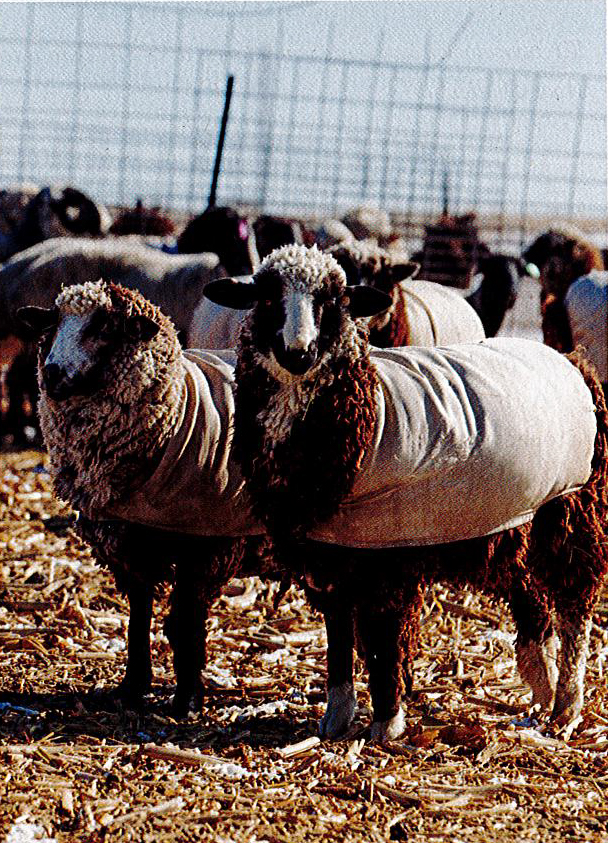
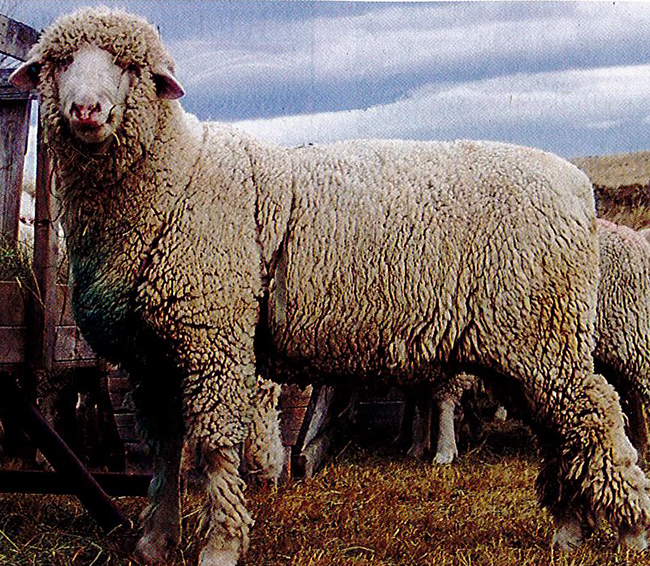
Also included in this issue is a piece about Columbia sheep. These are some of the largest sheep out there, and the breed is part of one of the oldest sheep-breed development projects in the US. This all American breed produces a versatile fleece, some attributes of which are detailed in this article. For example, check out the beautiful stitch definition demonstrated in the laceweight and chunky weight Columbia yarns shown below:
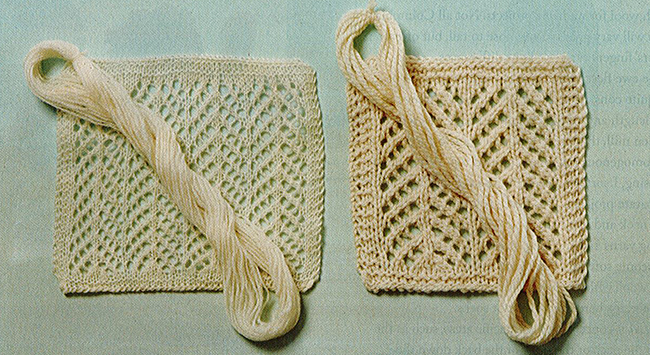
And of course we can’t overlook the Double-Cable socks pattern – with notes on fiber prep, spinning and a pattern, you’ve got everything you need to know to make these cute, comfy socks:
Lastly, this issue includes an interesting article about crowd-funding (such as Kickstarter). After reading some intel from a few business owners who have made crowd-funding work for them, you might be tempted to consider starting that fiber-related business you’ve been dreaming about for so long. This article happens to feature Romney Ridge farm’s owner, the lovely Kelly Corbett. This is very cool, because Romney Ridge farm actually started quite close by to us here in Bath, Maine and we know from experience what a hard working and wonderful fiber artist Kelly is! We carry [Sorry, item discontinued or temporarily out of stock] featuring some of her flock of sheep, and a bunch of her needle felting kits, like these adorable creatures: [Sorry, item discontinued or temporarily out of stock] , [Sorry, item discontinued or temporarily out of stock] , [Sorry, item discontinued or temporarily out of stock] . To see all the kits we carry from Romney Ridge, click here.
| [Sorry, item discontinued or temporarily out of stock] |
| [Sorry, item discontinued or temporarily out of stock] |
| [Sorry, item discontinued or temporarily out of stock] |
| [Sorry, item discontinued or temporarily out of stock] |
Greeting from a Romney Ridge sheep!
These are just a few of the cool things you can find in the [Sorry, item discontinued or temporarily out of stock] issue. To read it in full, make sure to get a copy before they’re gone!
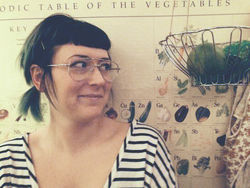
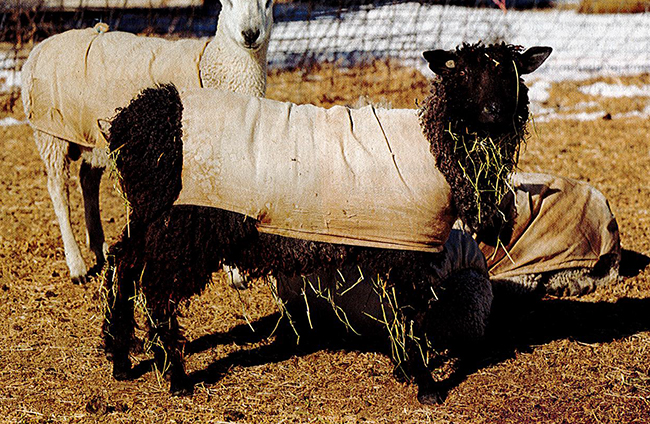
![[Sorry, item discontinued or temporarily out of stock]](/images_products/55962170.jpg)
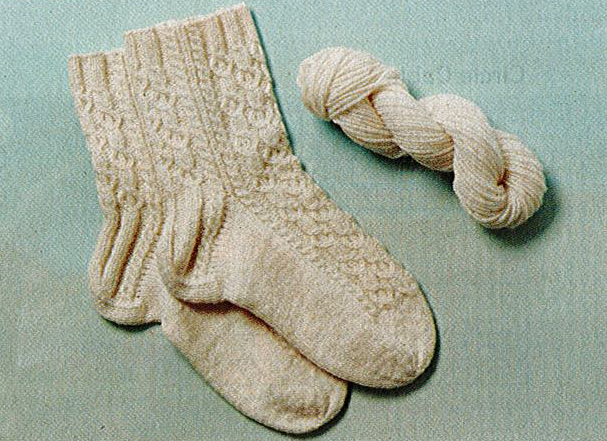
![[Sorry, item discontinued or temporarily out of stock]](/images_products/88000600.jpg)
![[Sorry, item discontinued or temporarily out of stock]](/images_products/68863110.jpg)
![[Sorry, item discontinued or temporarily out of stock]](/images_products/68863140.jpg)
![[Sorry, item discontinued or temporarily out of stock]](/images_products/68863060.jpg)
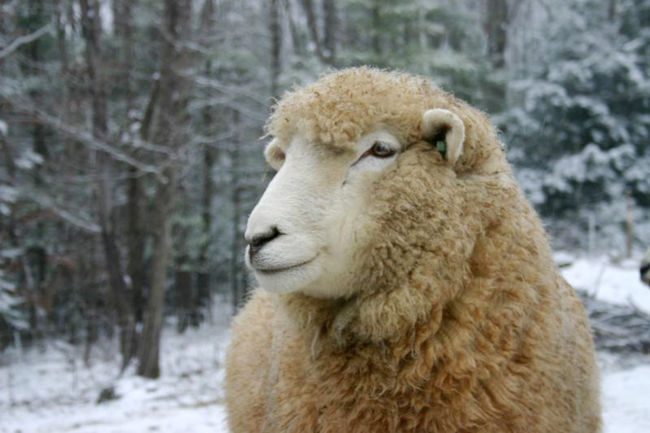
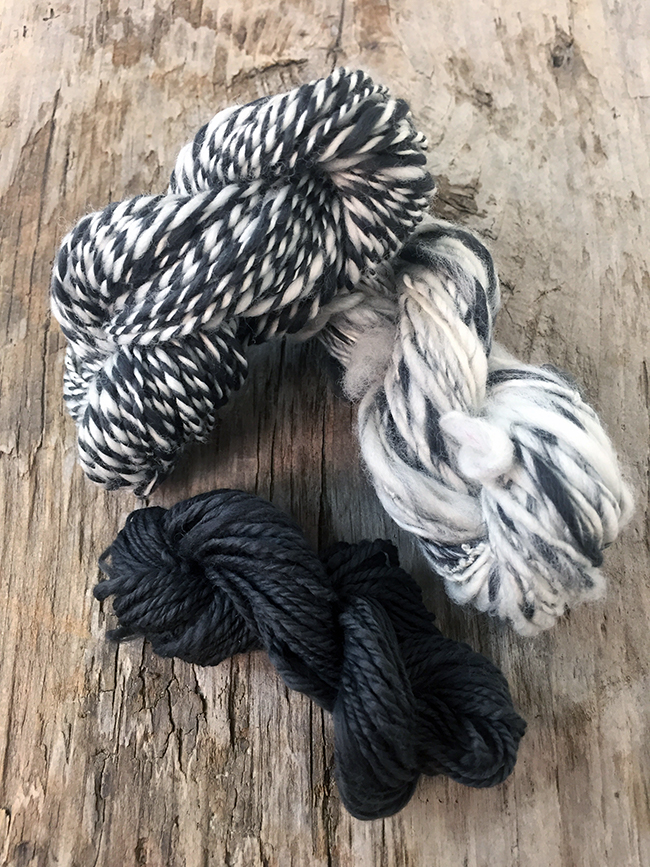
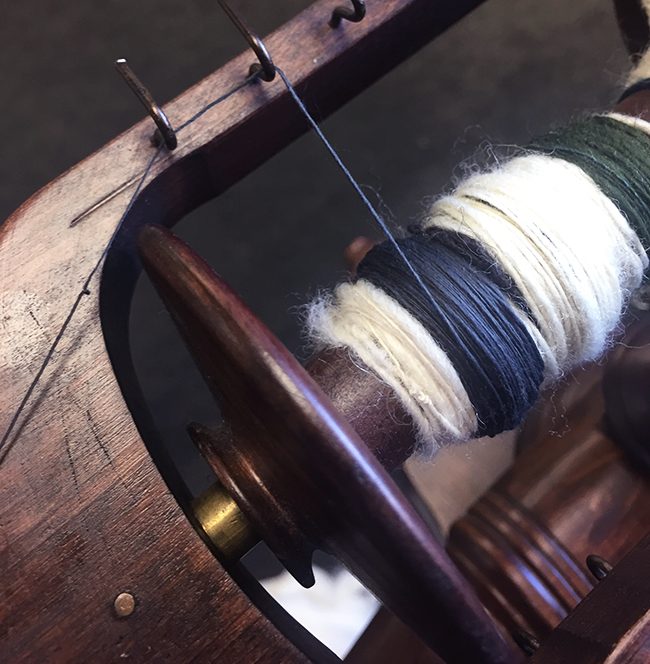
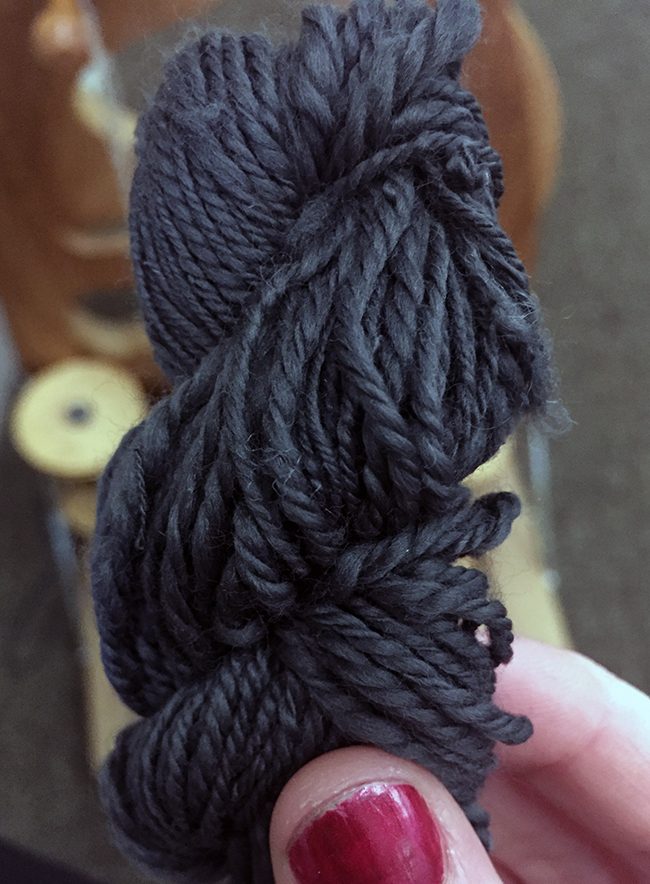


![[Sorry, item discontinued or temporarily out of stock]](/images_products/6890002J.jpg)
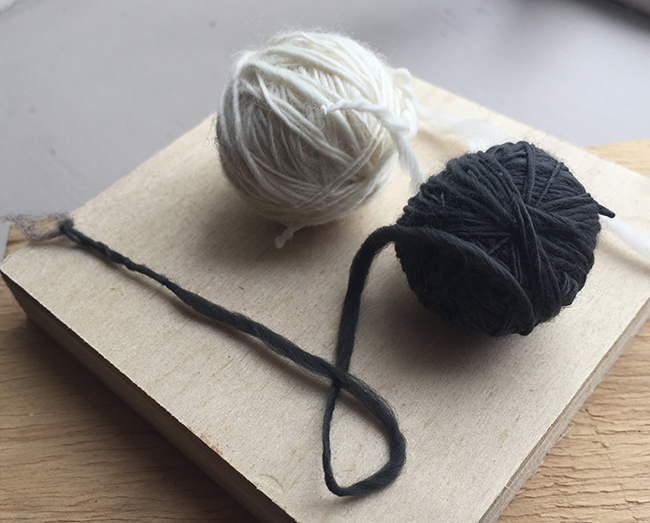
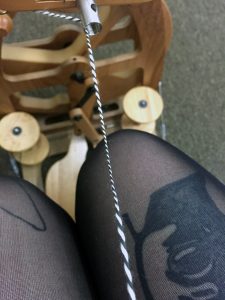
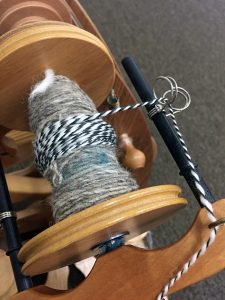


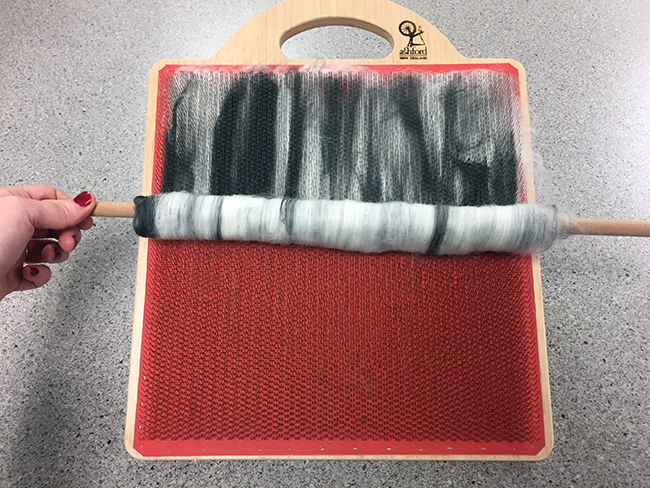
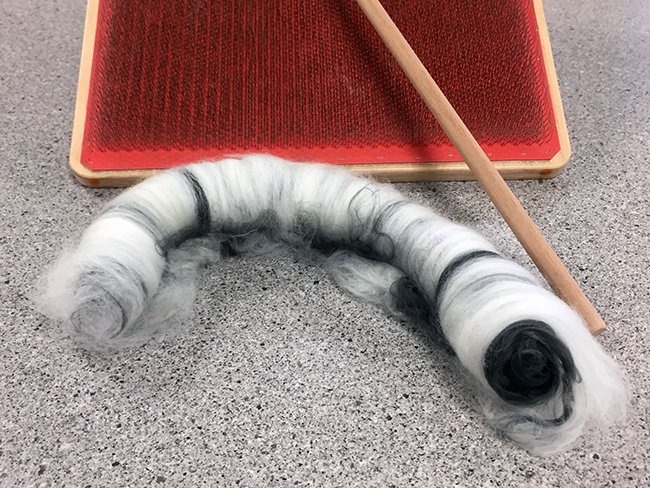
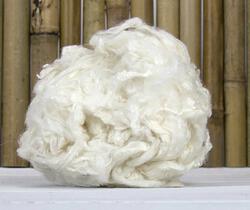
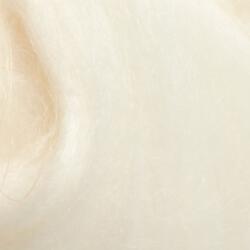
![[Sorry, item discontinued or temporarily out of stock]](/images_products/69001000.jpg)
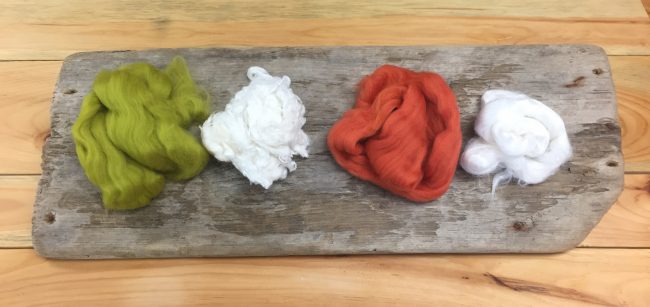
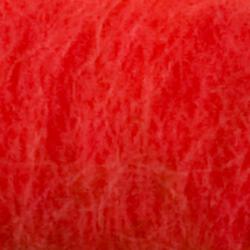
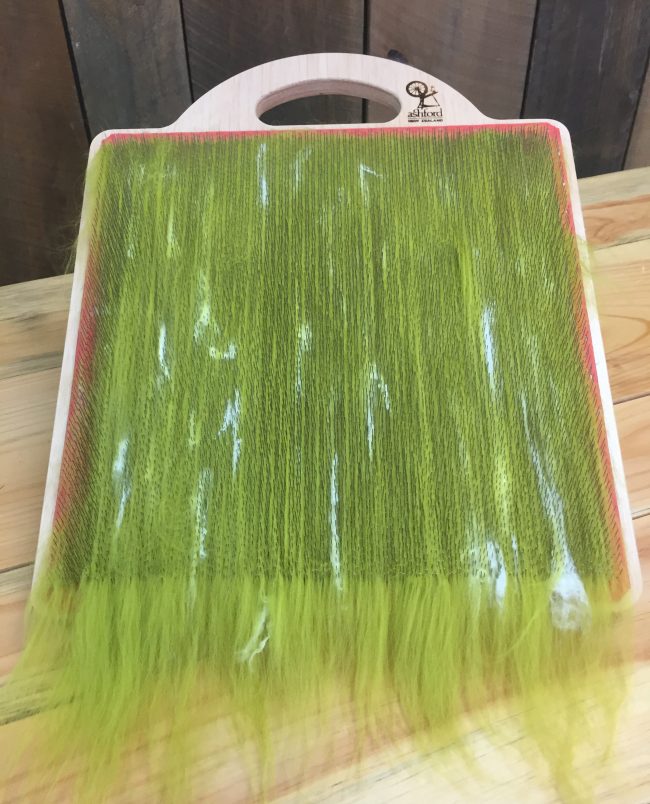
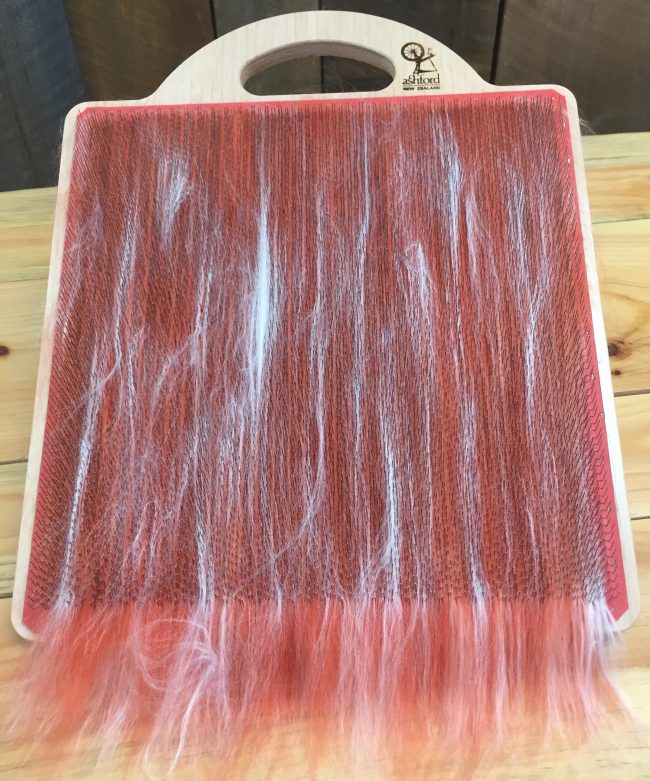



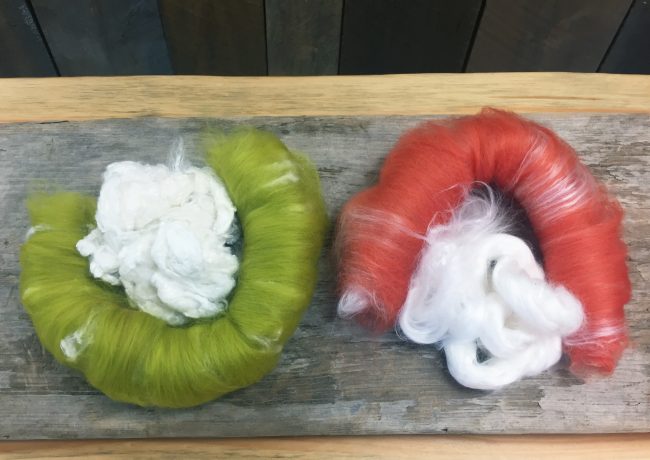
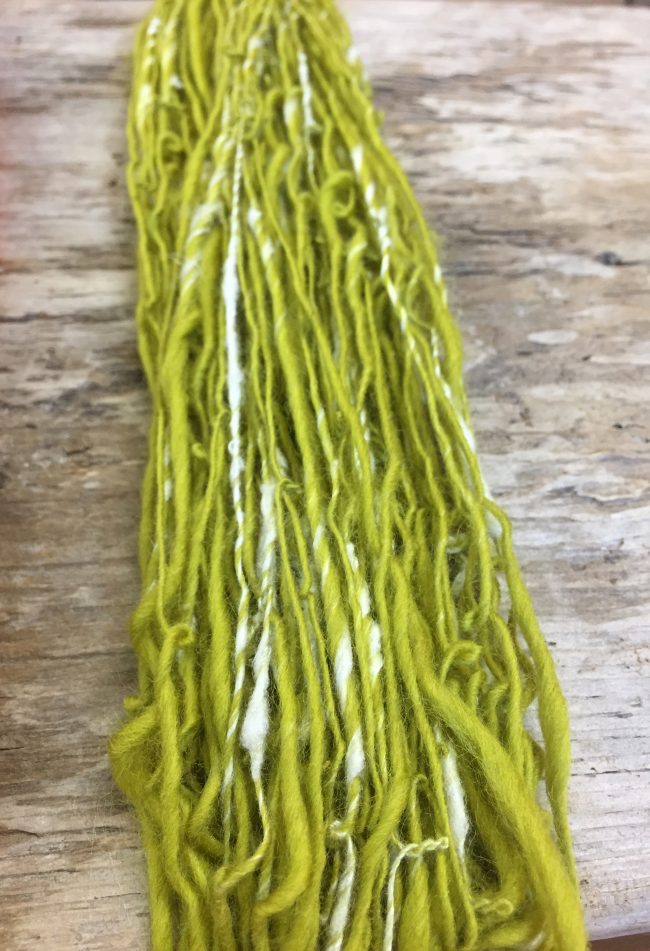


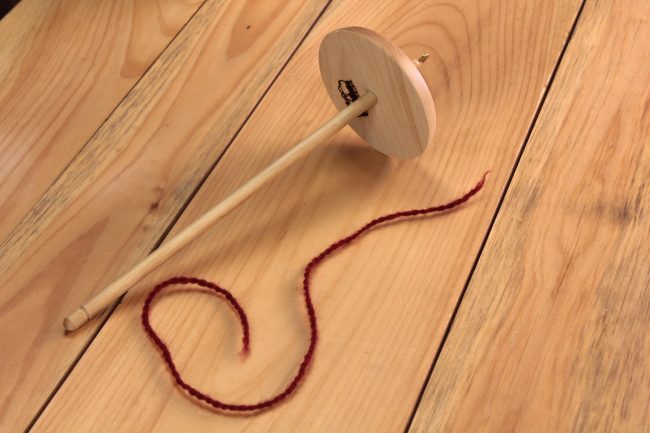
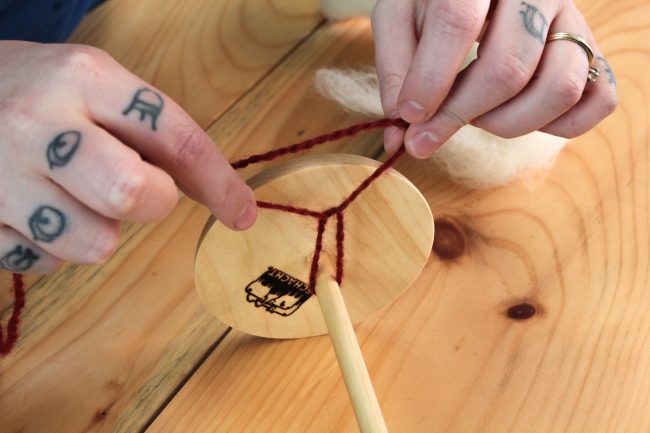
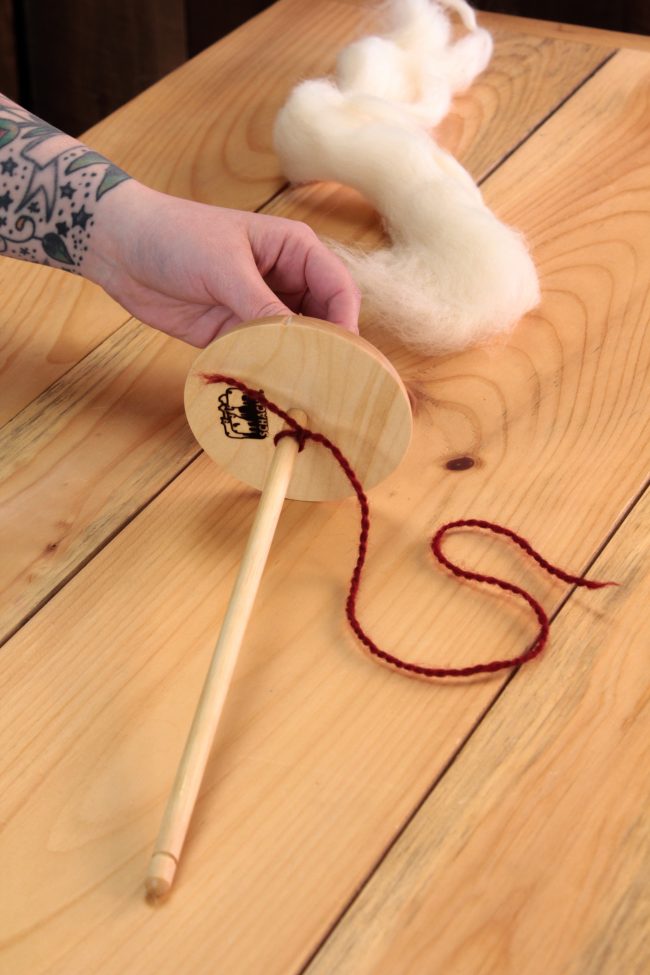
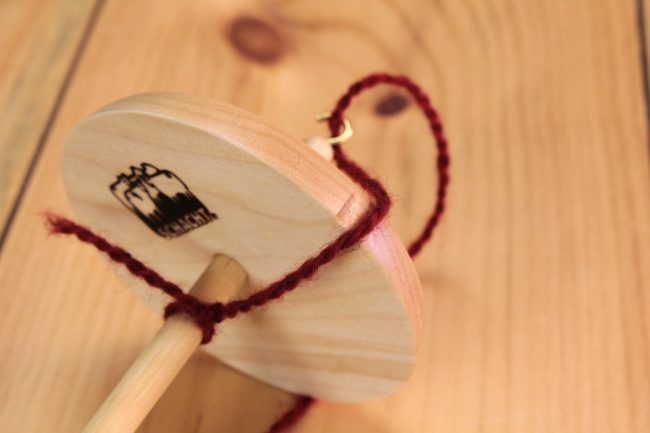
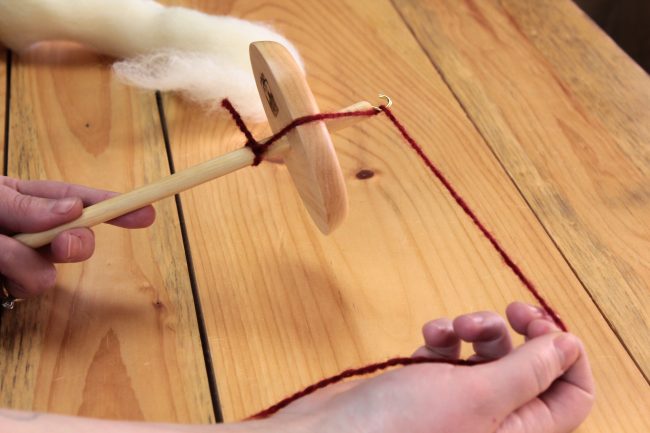
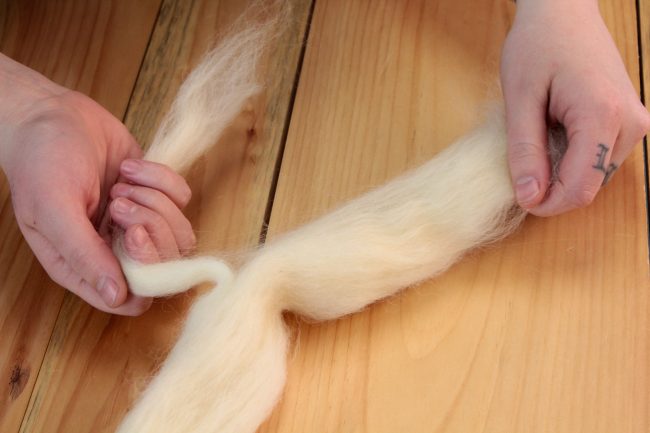
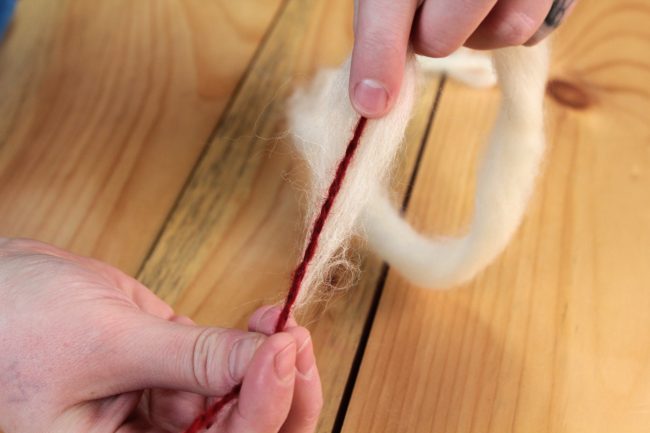

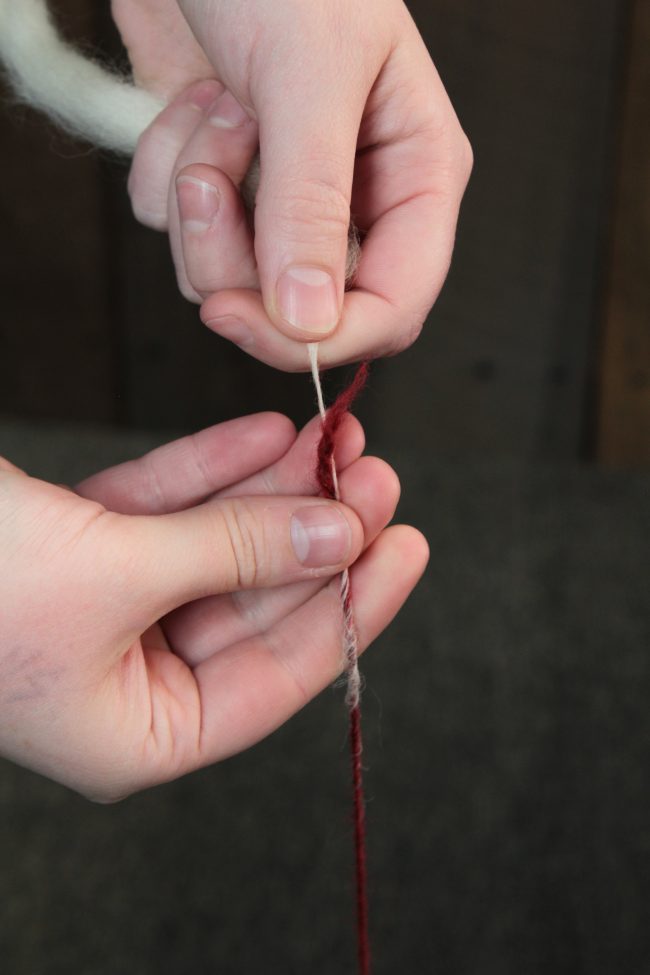


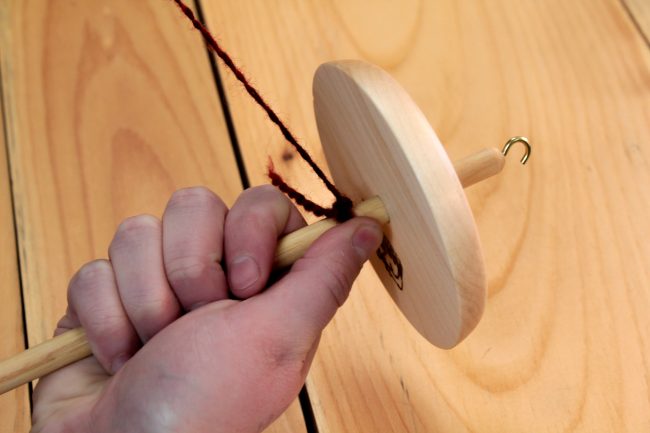
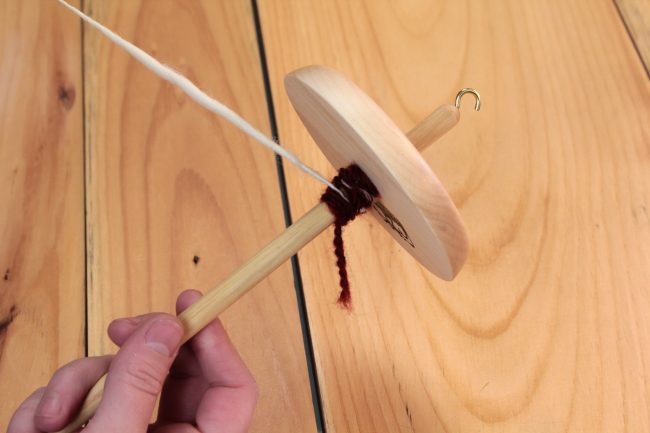
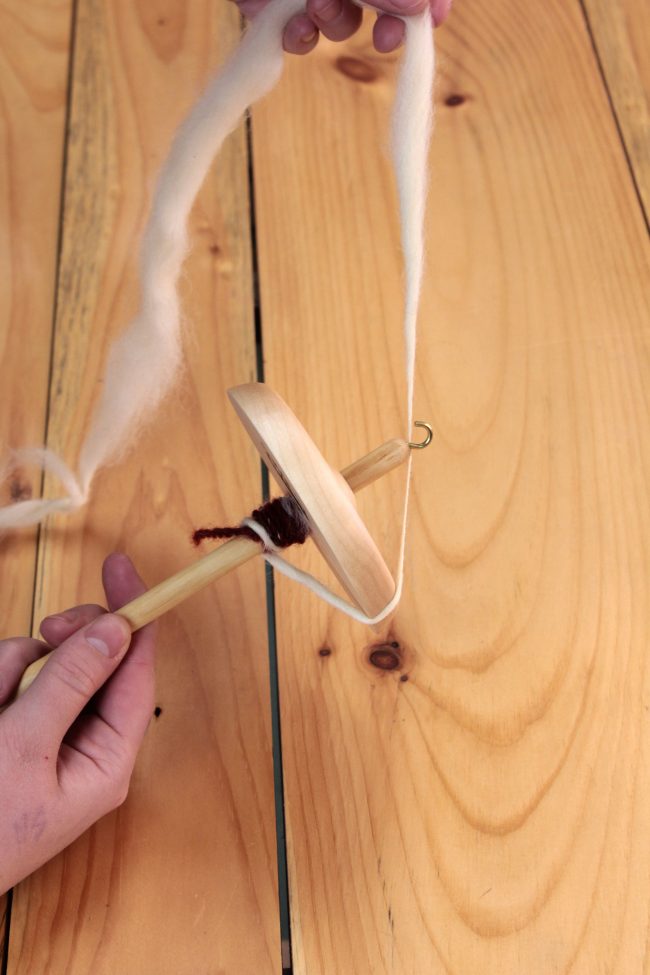

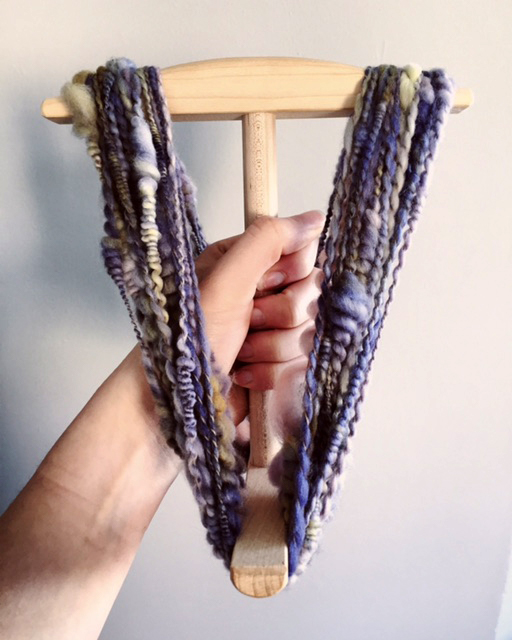
![[Sorry, item discontinued or temporarily out of stock]](/images_products/65700CDI.jpg)
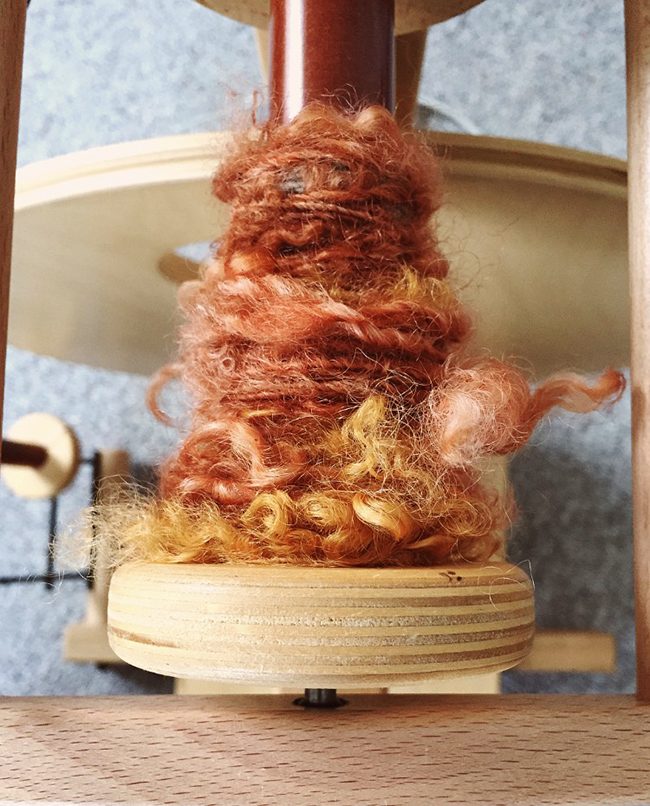
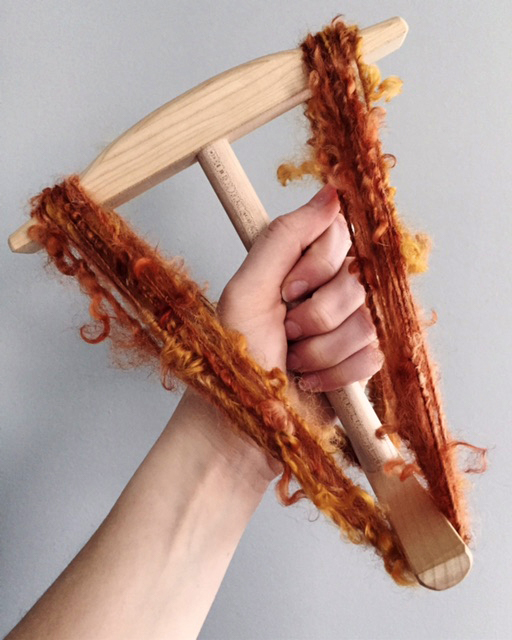
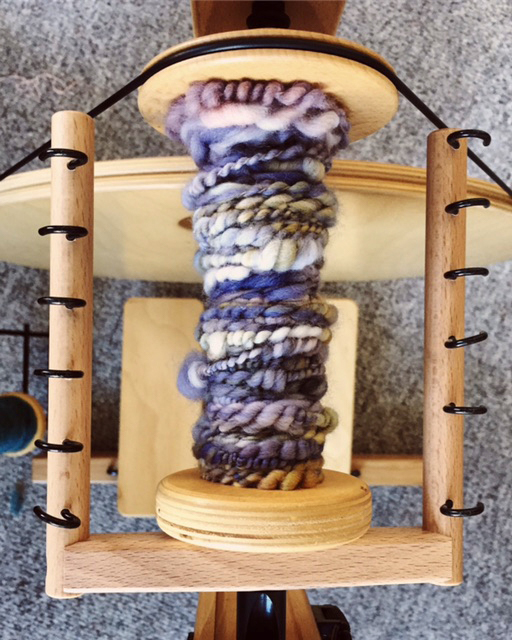


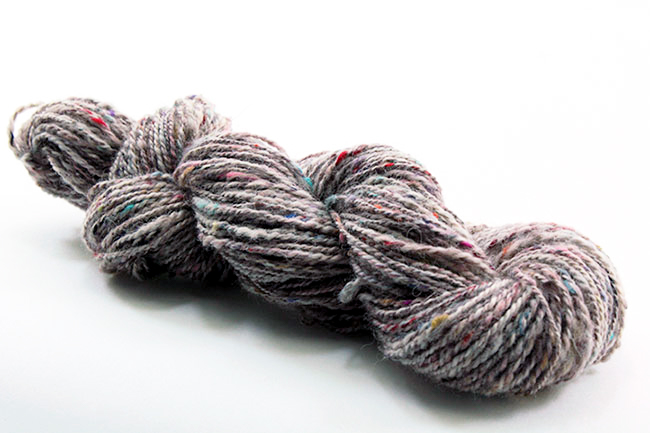
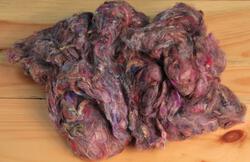
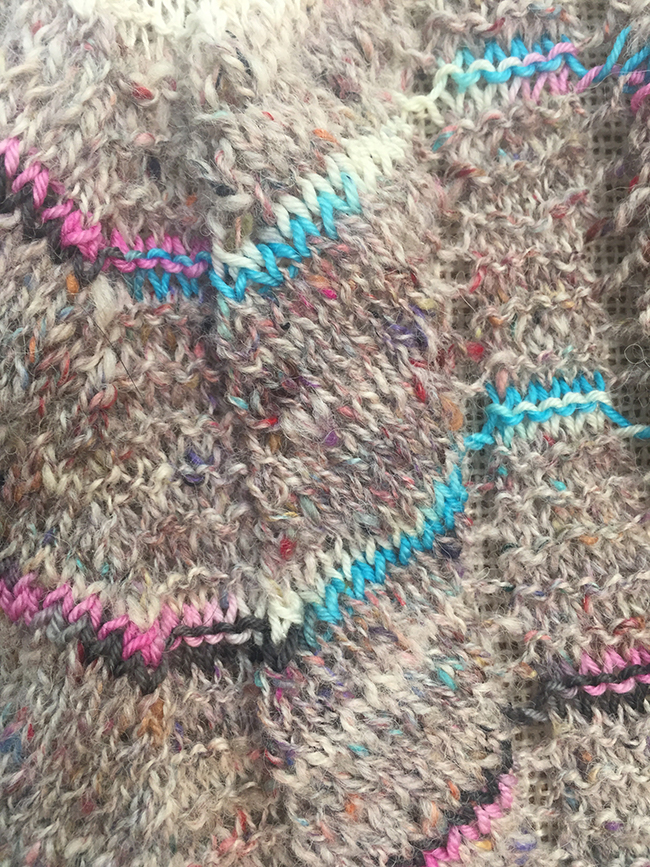
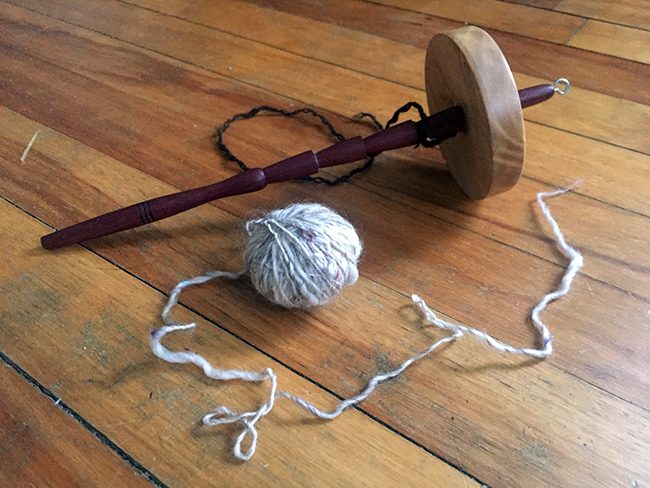
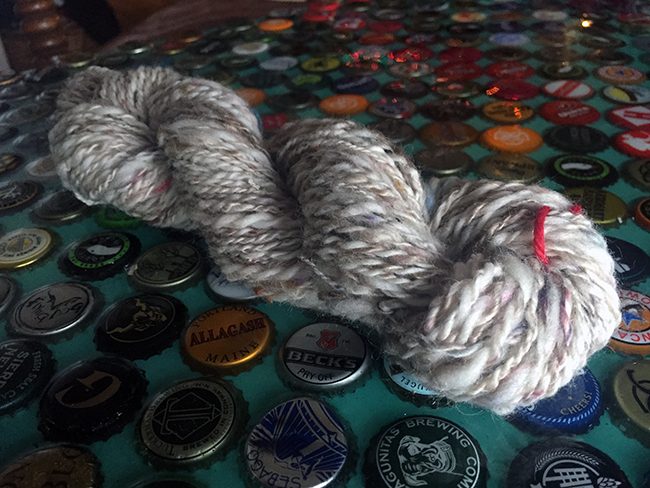
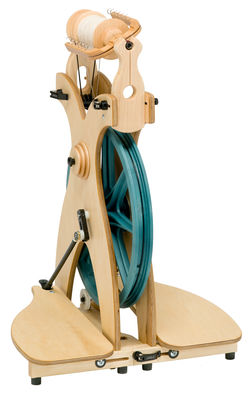
![[Sorry, item discontinued or temporarily out of stock]](/images_products/69001020.jpg)
![[Sorry, item discontinued or temporarily out of stock]](/images_products/69002000.jpg)
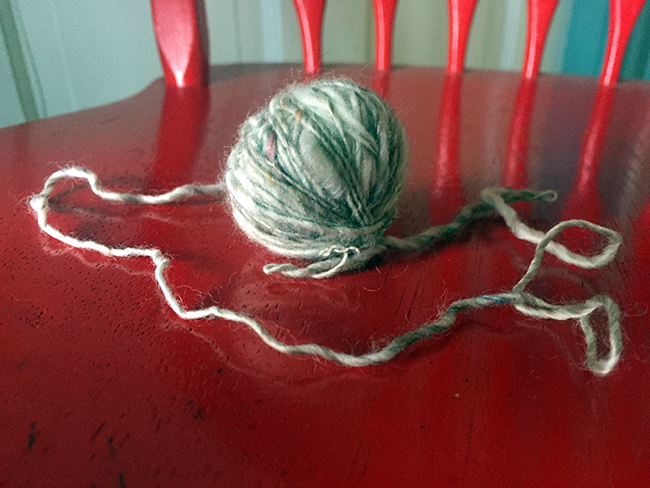
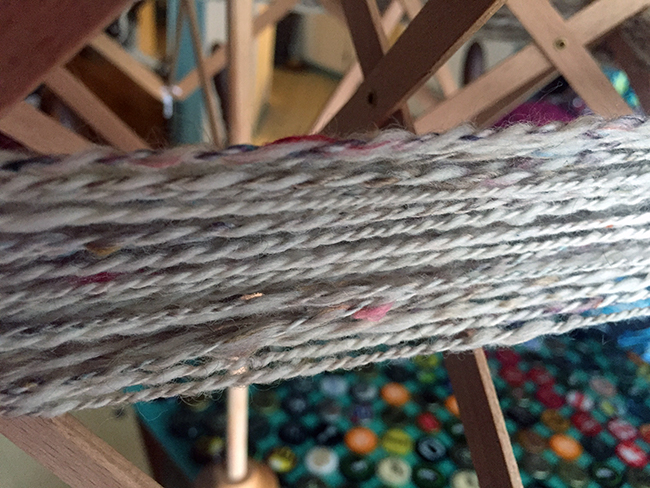
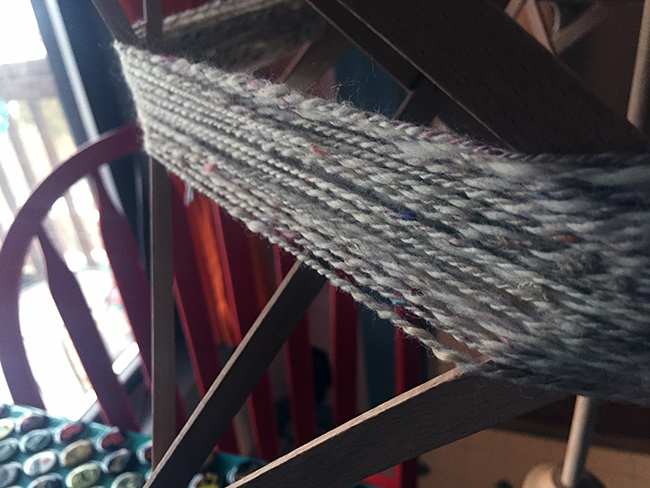
![[Sorry, item discontinued or temporarily out of stock]](/images_products/64890200.jpg)
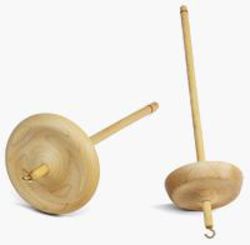
![[Sorry, item discontinued or temporarily out of stock]](/images_products/8001000K.jpg)
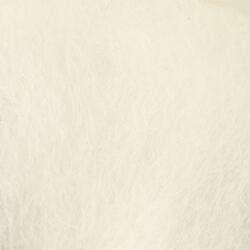
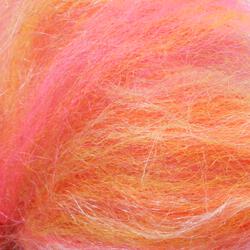

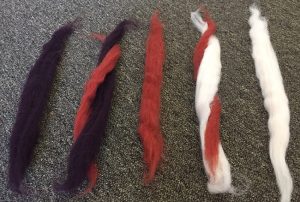
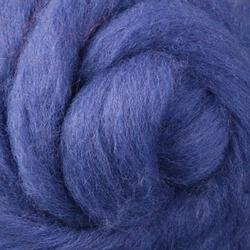

![[Sorry, item discontinued or temporarily out of stock]](/images_products/6481000F.jpg)
